Today, we’ll take an in-depth look at what is threshing wheat, and the key role it plays in grain production. Wheat is one of the world’s major food crops, but to extract it from its huge plant and make it into flour, it undergoes a complex process known as “threshing“.
For more information about, you can learn from Small Thresher For Rice, Wheat, Beans, Sorghum, Millet / Wheat Thresher.
What is threshing wheat
It is an agricultural process used to separate the grain portion of wheat (wheat kernels) from the inedible plant portion (wheat straw).
This process is a key part of wheat production and allows the wheat kernels to be further processed to produce a variety of flours and pasta products.
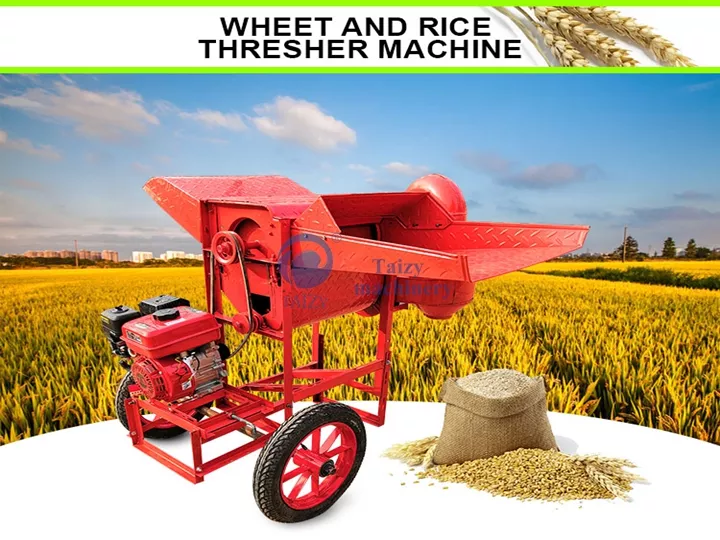
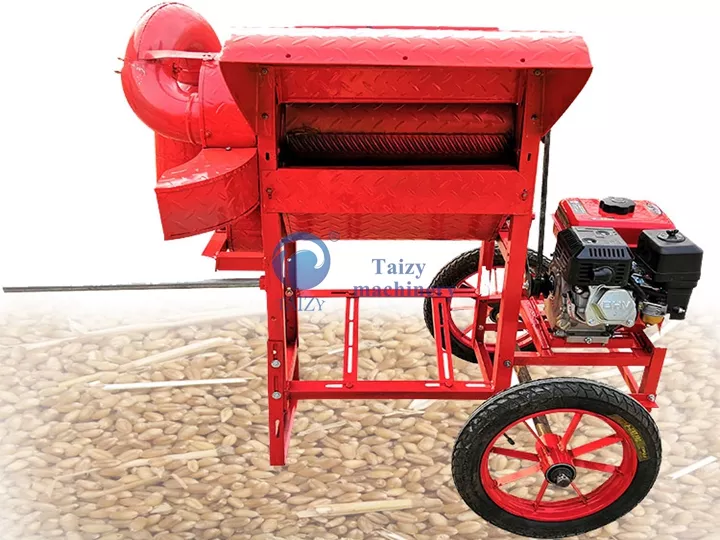
The main steps of “threshing”
- Harvesting: First, the wheat plant is cut at its maturity. This usually takes place in the summer or fall, depending on the variety of wheat and geographical location.
- Threshing: After harvesting, the wheat plants are fed into specialized machines called “threshers”. These machines separate the wheat kernels from the straw by means of rotation, friction, or vibration. Here are some pictures of rice threshers to help you understand what is threshing wheat.
- Cleaning and sifting: After separation, wheat kernels are usually accompanied by a number of impurities, such as straw fragments, dust, and weeds. Therefore, the wheat grains are subjected to a cleaning and sifting process to remove these impurities.
- Storage and processing: After cleaning and screening, wheat kernels are usually stored in warehouses for subsequent processing. These wheat kernels can be used in the production of a variety of food products such as flour, bread, cereal, broad meal, etc.
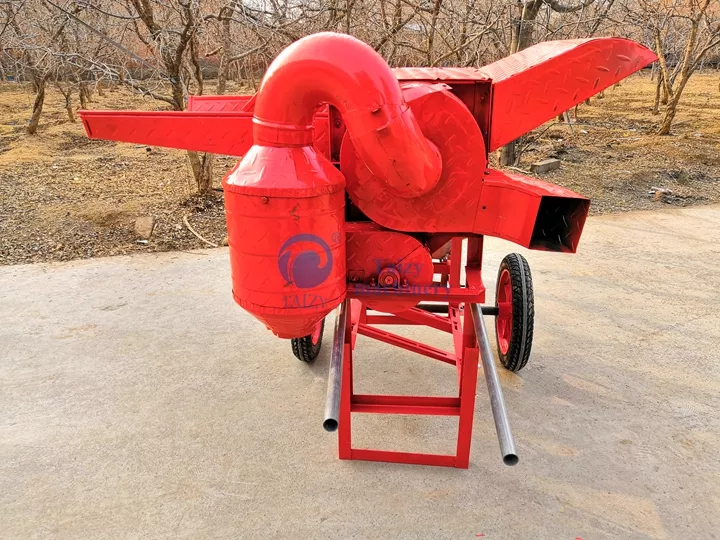
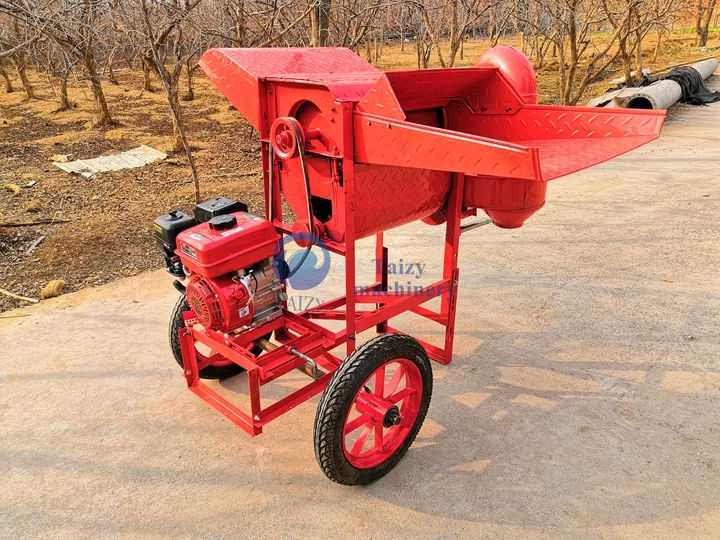
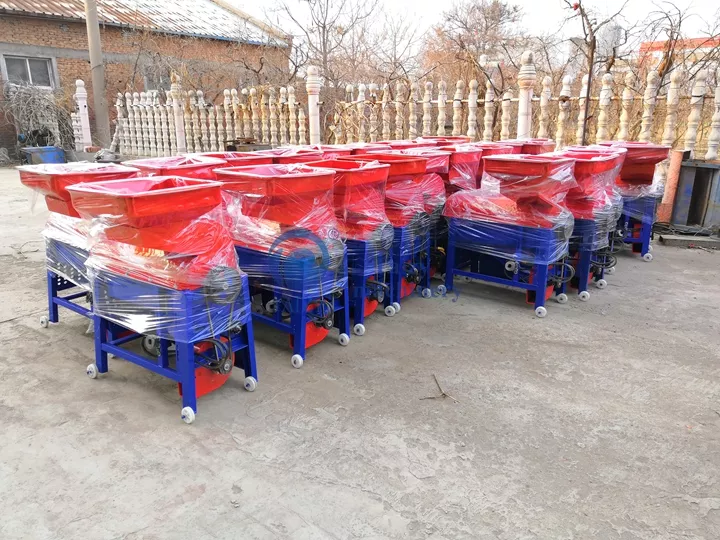

Importance of wheat threshing
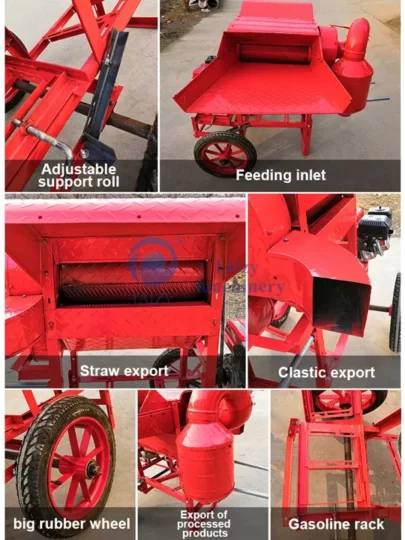
“Threshing” is an indispensable part of wheat production and determines the quality and quantity of wheat. Effective “threshing” increases wheat yields, reduces waste, and ensures high-quality food products.
Wheat is the basis of the global diet and is used in a wide range of food products. Therefore, understanding the principles and techniques of the what is threshing wheat process is one of the most important tasks for agricultural producers and food processors.
The advantage of wheat thresher is that it separates rice grain and straw efficiently and quickly, reduces labor costs, and improves productivity while maintaining the integrity and quality of the rice grain.
Conclusion
Although “threshing” may be automated and mechanized in modern agriculture, it remains an important link between land, food, and people. It symbolizes the hard-working farmers and vital components of the global food supply chain that make our daily bread, pasta, and cereal products possible.
